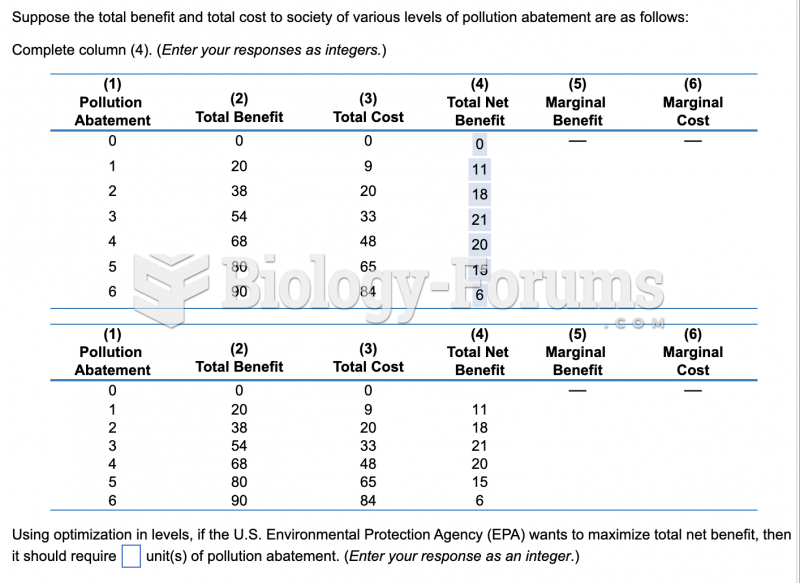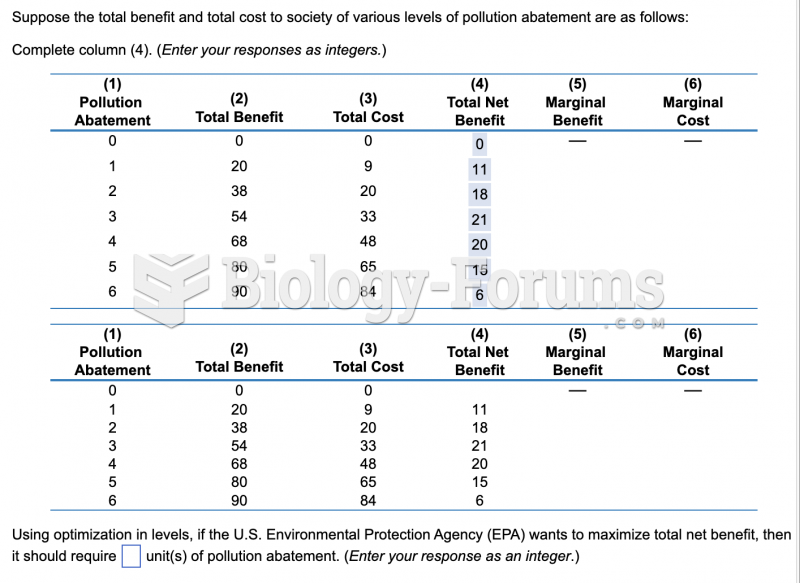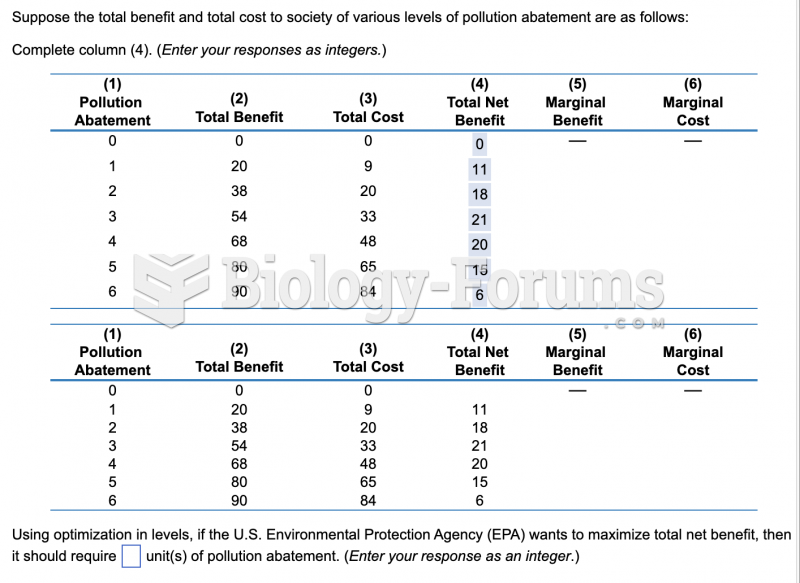Answer to Question 1
Feedback: When the government needs to stimulate the economy during an economic downturn, it can spend federal monies on unemployment insurance, government jobs, and housing subsidies, so that funds go directly to the people most in need. However, trickle-down advocates say subsidies should go directly to business, which would help the economy by encouraging companies to hire more workers, add to their inventories, and build new plants. Because the government provides direct benefits to businesses and investors, the economic benefits indirectly trickle down to all. Opponents argue that this is an inefficient way to help the less-than-affluent, recalling the horse-and-sparrow analogy. Trickle-down programs actually widen the gulf between the haves and the have nots. The higher corporate profits generated by tax credits and other tax incentives are usually used to increase dividends to the stockholders, further increasing the inequality gap. Companies may use their newly acquired wealth to purchase labor-saving devices rather than create jobs. Government officials in power tend to opt for trickle-down solutions because (1) they tend to come from the business class themselves, so believe in the conservative ideology that says what is good for business is good for the United States, and (2) because the weak, by definition, are not organized, their voices are not heard or, if heard, not taken seriously in decision-making circles.
Answer to Question 2
Feedback: In Mills's view, the power elite is composed of the top people in the executive branch of the federal government, the military, and the corporate sector. Although these people represent different interests, they tend to perceive the world in a like manner because of their similar social class backgrounds and similar role expectations, because they interact socially, because their children go to the same schools and intermarry, and because they share similar interests. There is considerable evidence for the linkages among these three sectors. In G. William Domhoff's view of power, there is a dominant class: the uppermost social class. The very rich control the nation's assets, control the corporations, are overrepresented in the key decision-making groups in society, and through contributions and activities control both major political parties.







